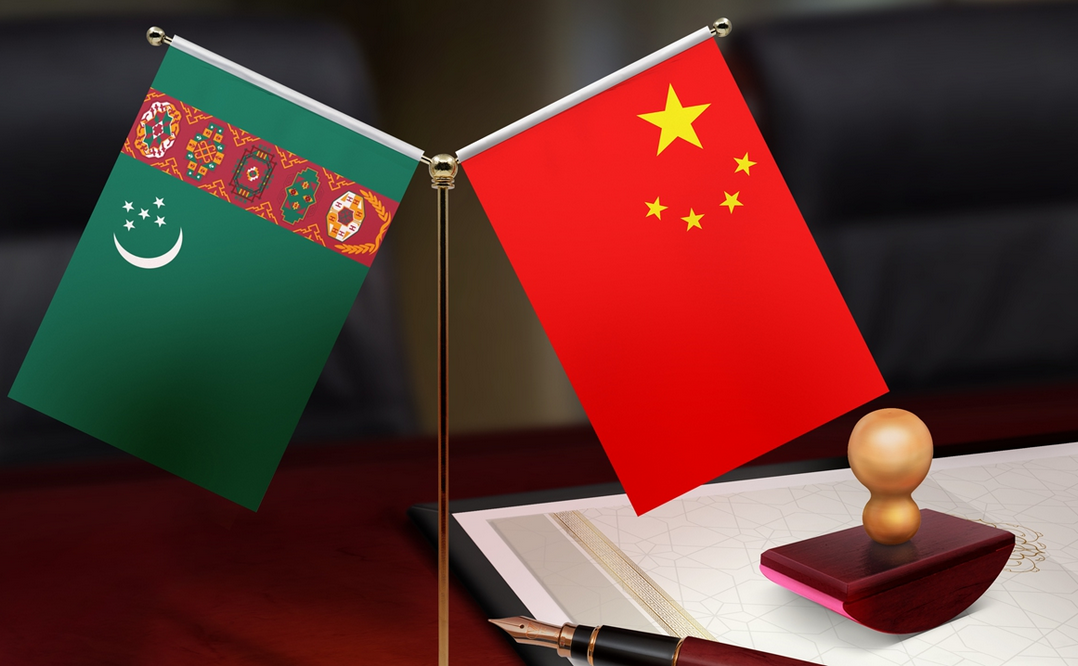
China-Turkmenistan relations
China and Turkmenistan established their diplomatic relations in 1992. The early decades of the relationship saw the signing of several bilateral agreements and treaties, which included a bilateral investment treaty (BIT) in 1992 and a double taxation agreement (DTA) in 2009. In terms of politics, China and Turkmenistan have held a long-standing bond, as they hold similar views on several national and international issues and seek mutual benefits in their cooperation.
Turkmenistan is also the second-largest state in Central Asia and the southernmost of the five republics in the region. The multilateral relations between the five nations and China are another essential dimension to analyzing the China-Turkmenistan ties. In 2022, former Chinese foreign minister Wang Yi attended the third China + Central Asia (C+C5) Foreign Ministers’ Meeting in Nur-Sultan, Kazakhstan. The C+C5, which includes China, Kazakhstan, Kyrgyzstan, Tajikistan, Turkmenistan, and Uzbekistan, plays a crucial role in cultivating multilateral relations between all parties involved and has been a strategic tool in the reciprocal promotion of post-pandemic economic recovery and regional stability.
Naturally, Turkmenistan’s exports of natural gas to China are another vital component of the economic relations between the two countries. China is the world’s largest energy consumer and is aiming to switch from coal to renewable energy sources as part of its plan to reach carbon neutrality by 2060. Ensuring a constant natural gas supply is a key part of this strategy. Turkmenistan supplies a significant amount (30 to 40 percent) of China’s natural gas; China has paid for all the pipeline infrastructure to bring this natural gas across four Central Asian states to China. Consequently, China has a major interest in ensuring stability in Turkmenistan to recoup its investment.
In addition, Turkmenistan also acts as a corridor for China to reach important import and export markets in south Asia, the Middle East, Eastern Europe, and beyond, as well as access to the Capsian Sea, which lies on the country’s western border.
Jassica William
ReplyLorem ipsum dolor sit amet, consectetur adipisicing elit. Facere optio ipsum maiores mollitia quisquam.